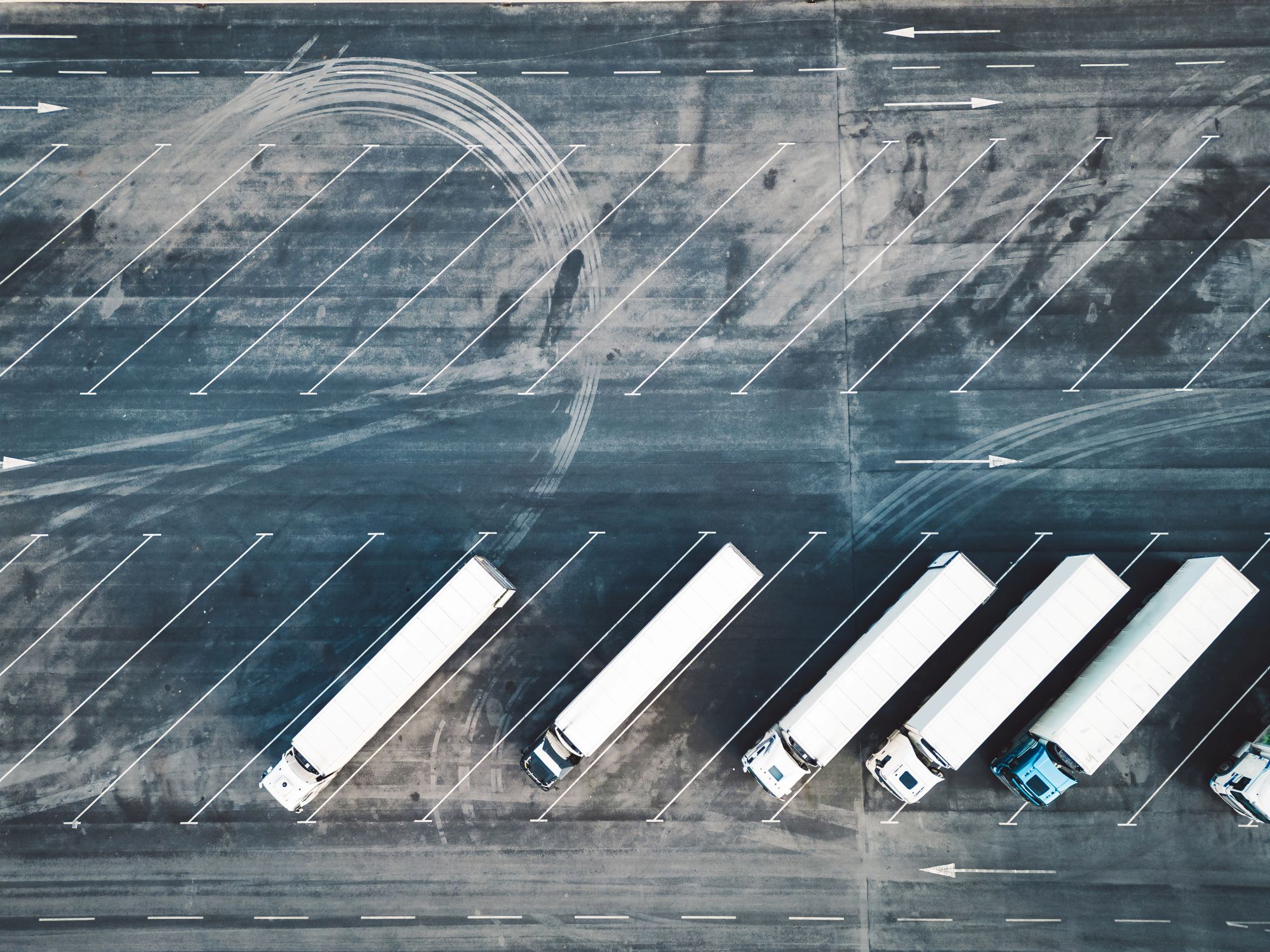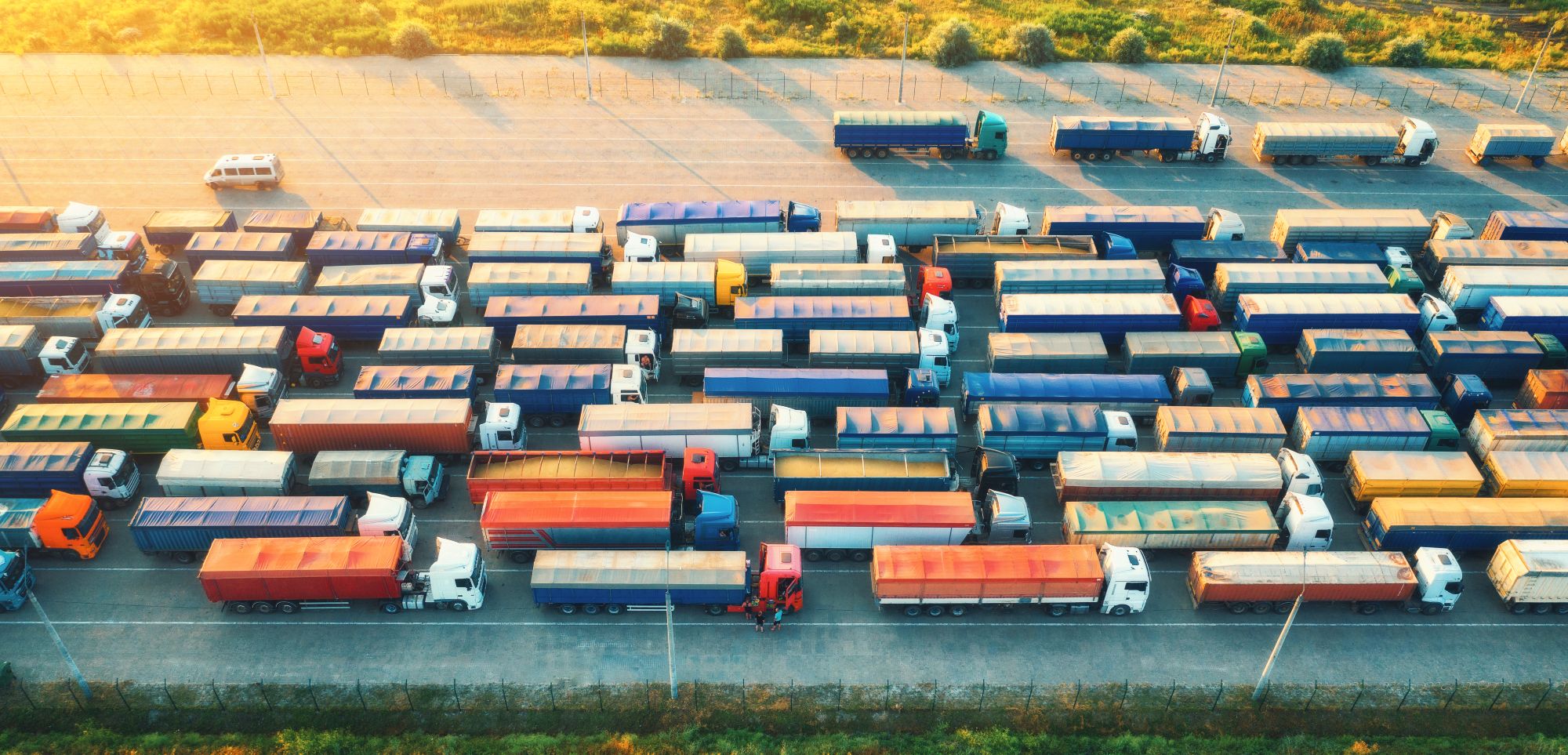
Guest
Nízkoemisné zóny v Španielsku: Čo by mali vedieť prevádzkovatelia vozových parkov
Vytvorené: 03. 10. 2025
•
Aktualizované: 08. 10. 2025
Do konca roka 2025 obmedzí 149 španielskych miest - od Madridu a Barcelony až po turistické centrá ako Valencia, Alicante a Benidorm - prístup vozidiel s vysokými emisiami. Pre prevádzkovateľov vozových parkov to znamená nové riziká spojené s dodržiavaním predpisov, nákladnú modernizáciu a prísnejšie harmonogramy dodávok.
Španielske zóny s nízkymi emisiami (Zonas de Bajas Emisiones, ZBE) sú súčasťou širšieho európskeho úsilia o zlepšenie kvality ovzdušia a zníženie emisií z dopravy. Tieto zóny už fungujú vo veľkých mestách po celej krajine a ich dodržiavanie sa vynucuje pokutami do výšky 200 EUR, pričom pravidlá sa v jednotlivých mestách líšia.
V tejto príručke vysvetľujeme, ako ZBE fungujú, ktorých kategórií vozidiel sa týkajú a čo musia prevádzkovatelia urobiť, aby udržali svoje vozové parky na cestách.
Pravidlá ZBE a kategórie vozidiel
ZBE sa podľa španielskych zákonov zavádzajú v mestách s viac ako 50 000 obyvateľmi (a v mestách nad 20 000 obyvateľov s mimoriadne zlou kvalitou ovzdušia) s cieľom zlepšiť kvalitu ovzdušia v mestách a podporiť ciele EÚ v oblasti klímy.
Prístup do ZBE sa určuje na základe environmentálnej značky vozidla (distintivo ambiental), ktorú vydáva španielske Generálne riaditeľstvo pre dopravu (DGT).
Sú to tieto kategórie:
Zero (modrý odznak):
Plný prístup
● 100 % elektrické vozidlá (BEV)
● Vozidlá na vodíkové palivové články (FCEV)
● Plug-in hybridy s elektrickým dojazdom aspoň 40 km
Eco (zelený/modrý odznak):
Všeobecne neobmedzený prístup
● Štandardné hybridy (HEV)
● Plug-in hybridy s elektrickým dojazdom kratším ako 40 km
● Vozidlá na plyn (CNG/LNG/LPG)
C (zelený odznak):
Prístup s určitými časovými/oblastnými obmedzeniami
● Benzínové vozidlá: Euro 4/5/6 (zvyčajne od roku 2006)
● Dieselové vozidlá: Euro 6 (zvyčajne od roku 2014)
B (žltý odznak):
Čoraz viac obmedzené, často zakázané počas dopravnej špičky
● Benzínové vozidlá: Euro 3 (zvyčajne 2000-2005)
● Dieselové vozidlá: Euro 4-5 (zvyčajne 2006-2013)
Žiadny odznak:
Všeobecne zakázaný vstup na všetky ZBE
● Benzínové vozidlá, ktoré nespĺňajú normy Euro 3
● Dieselové vozidlá, ktoré nespĺňajú normy Euro 4
Benzínové vozidlá s emisnou normou nižšou ako Euro 3 a dieselové vozidlá s emisnou normou nižšou ako Euro 4 majú zvyčajne zákaz vjazdu do ZBE, hoci obmedzenia sa v jednotlivých mestách líšia.
Je dôležité poznamenať, že zahraničné vozidlá sa musia pred vstupom do ZBE zaregistrovať na miestnych mestských úradoch, a to aj v prípade, že spĺňajú rovnocenné normy Euro. Bez registrácie môžu vozidlá spĺňajúce požiadavky čeliť automatickým pokutám, čo sa stalo bežným problémom pre medzinárodných dopravcov pôsobiacich v Španielsku.

Oblasti ovplyvnené ZBE
V Madride a Barcelone platia ZBE už niekoľko rokov, s veľmi špecifickými pravidlami a veľkými oblasťami pokrytia. Do konca roka 2025 sa systém rozšíri na 149 miest vrátane menších miest a turistických destinácií, ako sú Benidorm, Valencia, Sevilla a Alicante.
Niektoré mestá stále zavádzajú alebo postupne presadzujú svoje zóny, pričom v nich platia prechodné obdobia (napr. vo Valencii a Benidorme platí varovanie do konca roka 2025). Iné, ako napríklad Málaga, začnú pokutovať vozidlá, ktoré nedodržiavajú predpisy, od decembra 2025.
Je potrebné poznamenať, že mestá môžu mať rôzne pravidlá, pričom niektoré z nich povoľujú používanie vozidiel, ktoré nie sú v súlade s predpismi, pre základné služby, preto je dôležité poznať pravidlá konkrétneho mesta pred vyslaním vozidla.
Španielsko nie je jediné: viac ako 320 miest v celej Európe v súčasnosti prevádzkuje LEZ, pričom francúzsky systém Crit'Air, nemecký Umweltzonen a britský ULEZ patria medzi najzavedenejšie. Pre cezhraničných dopravcov to vytvára spleť pravidiel, nálepiek a pokút, ktoré zvyšujú riziká a náklady na dodržiavanie predpisov.
Čo musia prevádzkovatelia vozového parku urobiť
Musíte zabezpečiť, aby vaše vozidlá boli označené príslušným odznakom DGT alebo registrované, ak ide o vozidlá so zahraničnou poznávacou značkou.
Pokuty za nedodržanie predpisov sú zvyčajne stanovené na 200 EUR za porušenie, hoci sa môžu v jednotlivých obciach líšiť. Mestá ako Madrid a Barcelona už začali udeľovať tieto pokuty prostredníctvom systémov automatického rozpoznávania evidenčných čísel (ANPR).
Problémy pre manažérov vozového parku
Obnova vozového parku a náklady
Mnohé logistické spoločnosti čelia prekážkam, pretože staršie dieselové nákladné vozidlá majú v súčasnosti zakázaný alebo obmedzený vjazd do miest. V skutočnosti je priemerný vek španielskeho vozového parku nákladnej dopravy 14 rokov. To znamená, že značný počet vozidiel nevyhovuje predpisom a musí sa vymeniť, ak chcú dopravcovia vstúpiť do ZBE.
Ceny vozidiel zvyšujú tlak: elektrické ťažké nákladné vozidlo môže stáť trikrát viac ako jeho dieselový ekvivalent, zatiaľ čo vodíkové nákladné vozidlá sú ešte drahšie.
CETM-Madrid, španielska konfederácia nákladnej dopravy, odhaduje, že kumulatívne náklady na cestnú nákladnú dopravu v Madride predstavujú približne 1,3 miliardy EUR (https://transporteprofesional.es/ultimas-noticias/cetm-madrid-reclama-modificar-el-calendario-de-acceso-a-las-zonas-de-bajas-emisiones-a-los-camiones), a žiada úpravu termínov a väčšiu podporu.
Časová kompresia
Údaje ukazujú, že zmeny majú vplyv na harmonogramy dodávok. Nedávny prieskum medzi podnikmi v pilotných zónach ukázal, že [36,7 % uviedlo dlhšie dodacie lehoty a zvýšené náklady na dopravu] (https://www.jiem.org/index.php/jiem/article/download/6902/1089).
Preťaženie je bežné aj počas obmedzených okien na doručovanie (8-10 hodín ráno), keď o prístup súťaží mnoho prevádzkovateľov. Približne 83 % opýtaných podnikov tiež uviedlo ako hlavný faktor, ktorý prispieva k meškaniu, nedostatok vhodných plôch na nakladanie/vykladanie.
Tento efekt "časovej kompresie" - keď sú dodávky nútené trvať menej hodín - vytvára úzke miesta na hraniciach zón, čo zvyšuje pravdepodobnosť oneskorených príchodov a narušenia dodávateľských reťazcov.
Personálny tlak
Narušenie harmonogramu presahuje rámec smerovania vozidiel a týka sa aj riadenia pracovnej sily. Prístup Barcelony k ZBE ilustruje túto výzvu: mesto ponúka dvojhodinové nočné rozvozové intervaly (21:00-07:00), aby znížilo preťaženie počas dňa, ale španielske pracovné dohody stanovujú, že mzda za nočnú prácu má príplatky vo výške približne 25 %.
Prevádzkovatelia vozového parku tak majú ťažkú voľbu: akceptovať preťaženie a meškania počas dňa alebo absorbovať zvýšené náklady na pracovnú silu v prípade nočnej prevádzky.
Prínosy zavedenia ZBE pre životné prostredie
Napriek výzvam prinášajú ZBE jednoznačný prínos pre verejné zdravie. Štúdie centrálnej zóny LEZ v Madride zaznamenali významné zníženie oxidu dusičitého (NO₂) v rámci zóny. Širší európsky výskum ukazuje, že emisie sadzí klesli až o 47 % a ultrajemné častice o 56 % po zavedení LEZ.
Toto zníženie sa priamo premieta do zlepšenia kvality ovzdušia, zníženia počtu respiračných ochorení a zníženia počtu hospitalizácií. Pre obyvateľov miest - a vodičov, ktorí trávia hodiny v preťaženej premávke - sú zdravotné výhody hmatateľné, aj keď nepríjemné.
Podpora vodičov a prevádzkovateľov v celej Európe
"Nízkoemisné zóny tu zostanú," komentuje Raqual Martinez, európsky obchodný manažér spoločnosti SNAP. "Výzvou pre našu komunitu je prispôsobiť sa bez toho, aby sme ohrozili efektivitu alebo pohodu vodičov. V spoločnosti SNAP sme odhodlaní podporovať vozové parky v Španielsku a v celej Európe a pomáhať im premeniť regulačné zmeny na prevádzkovú výhodu."
Hoci nemôžeme zmeniť pravidlá LEZ, naša aplikácia intruck zjednodušuje život na cestách. Vodiči si pomocou nej môžu vyhľadať a rezervovať bezpečné parkovanie a umývanie nákladných vozidiel, zistiť, aké zariadenia sú k dispozícii na každej zastávke, a naplánovať prestávky na odpočinok, ktoré vyhovujú časovo obmedzenej dodávke - či už jazdia do Madridu, obchádzajú Barcelonu, alebo prekračujú hranice na dlhších trasách.
Stiahnite si aplikáciu intruck ešte dnes a zabezpečte si plynulejšie fungovanie v rozvíjajúcom sa dopravnom prostredí Španielska.



